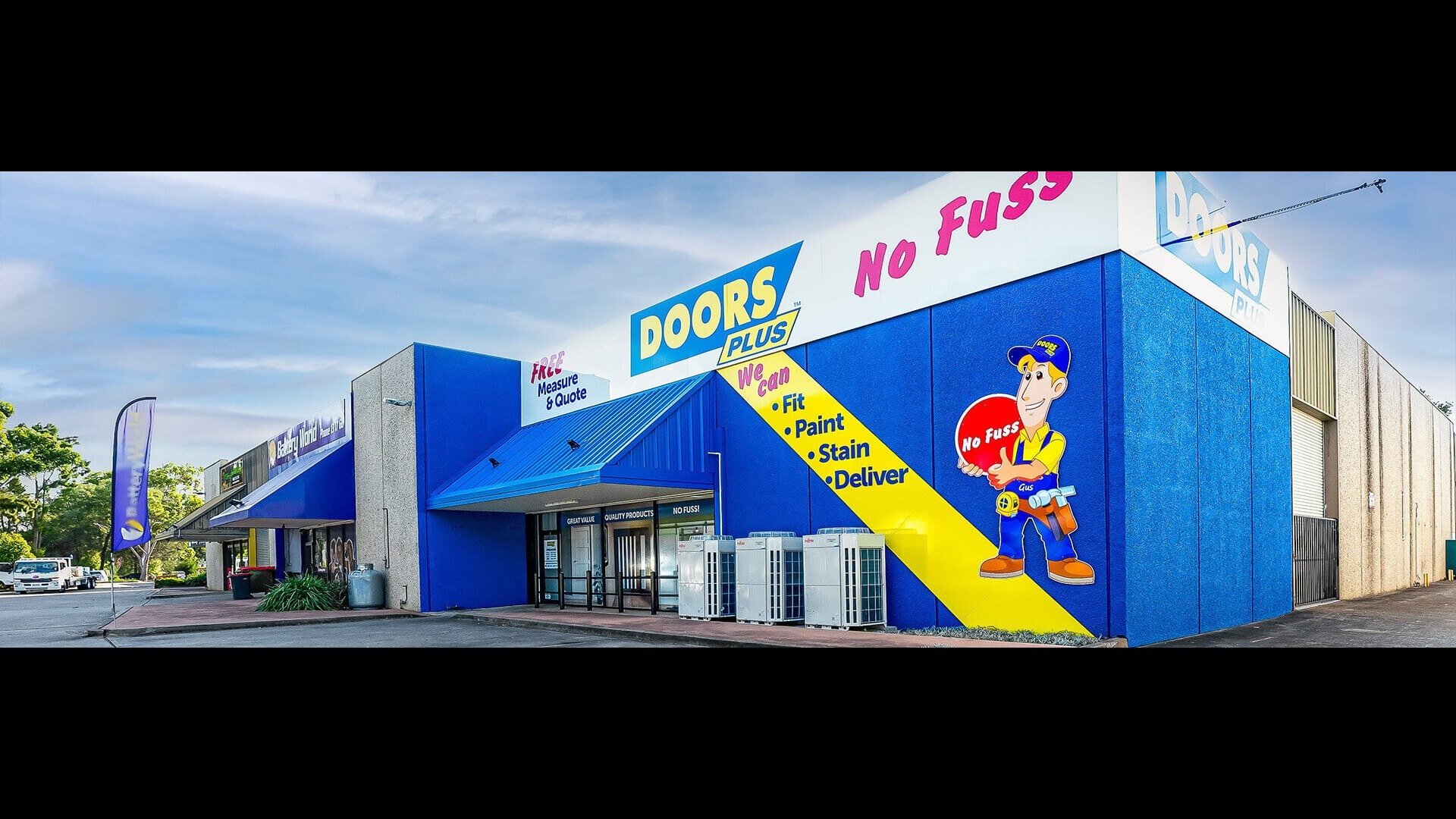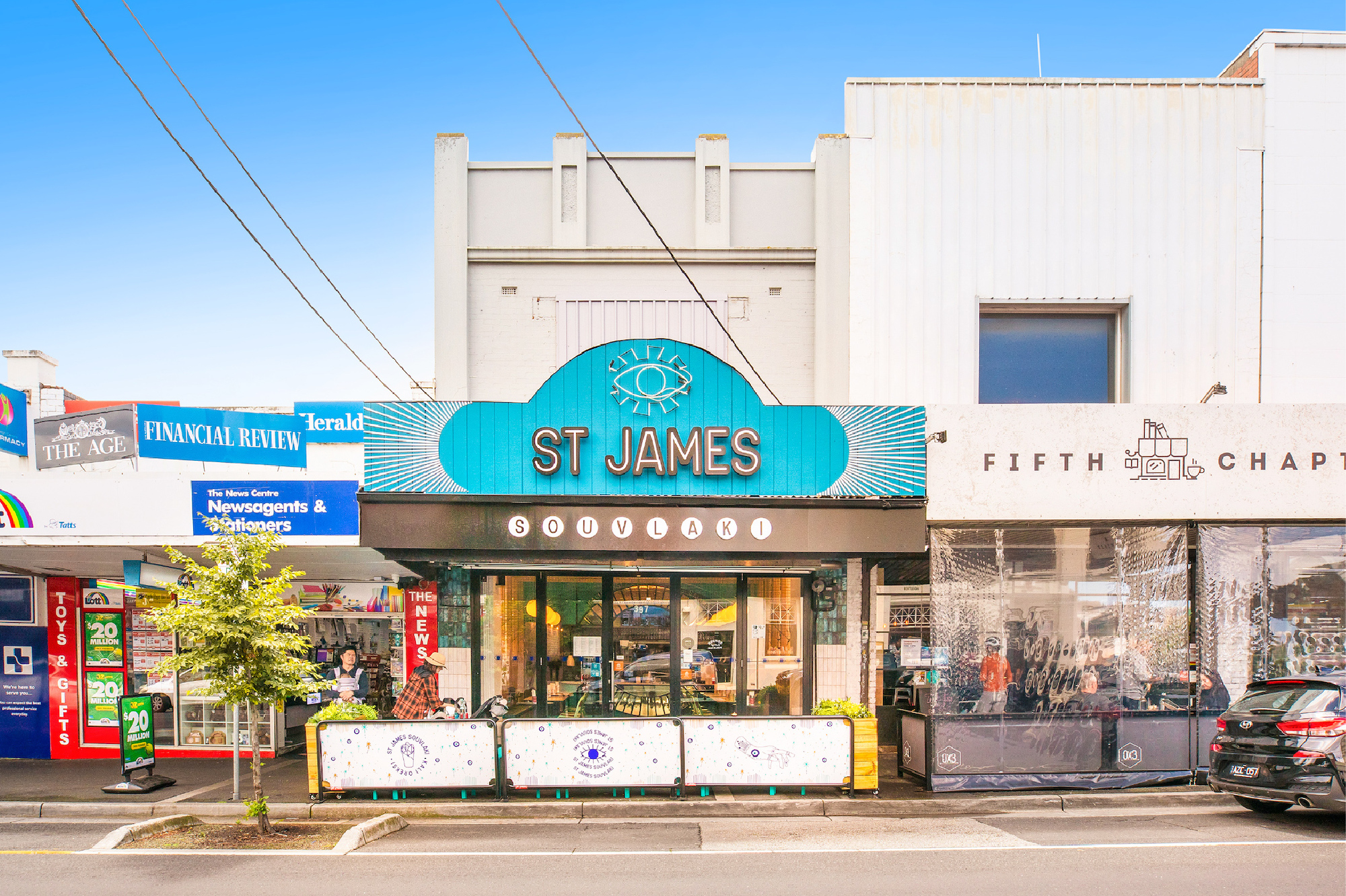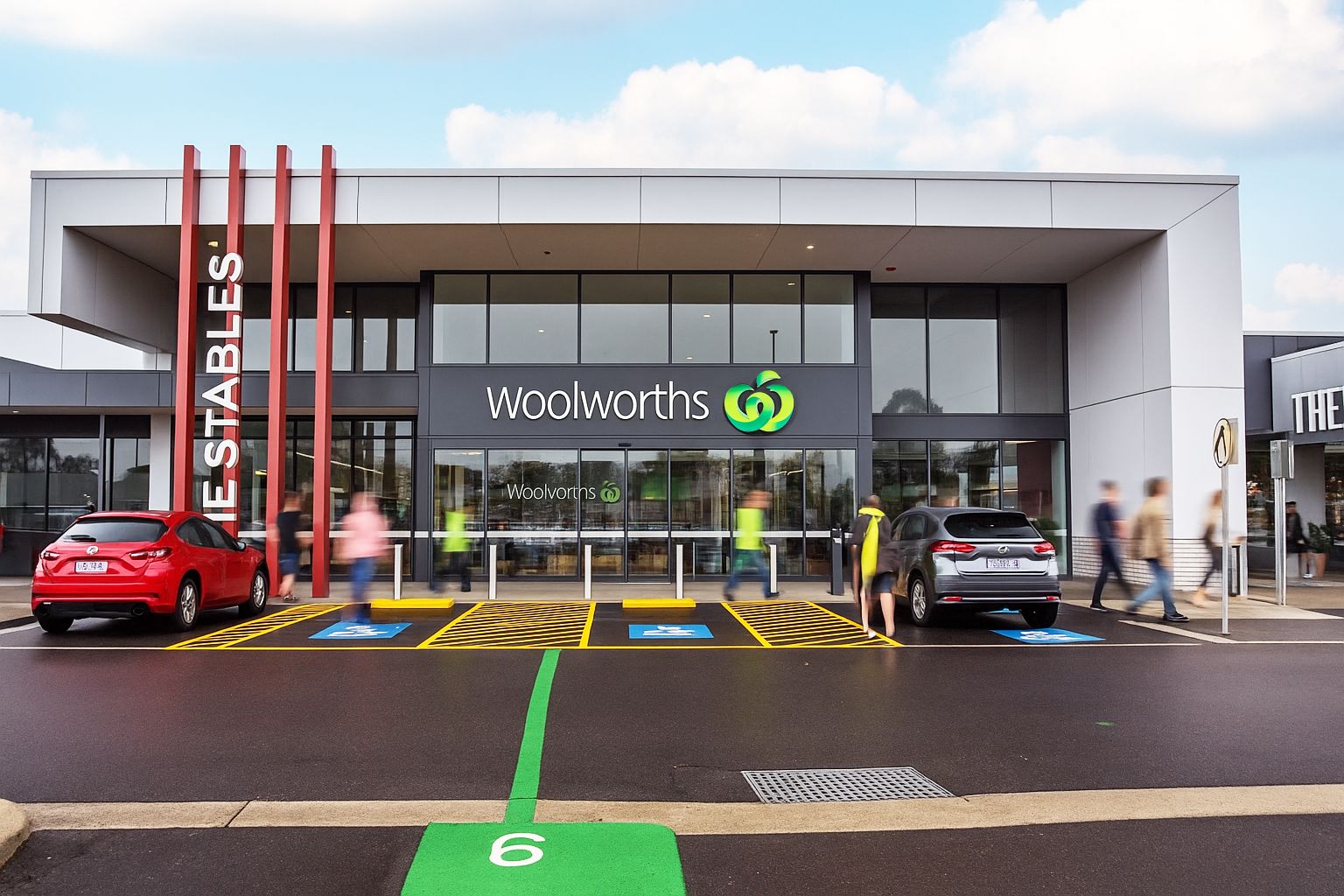
Image via Doors Plus
The Tavner family has pocketed $30 million from the sale of Doors Plus’ national retail property portfolio, marking a major reshaping of the company’s ownership and capital structure. The move comes just months after the family sold an 80 per cent stake in the operating business to private equity firm Colinton Capital Partners in a $60 million transaction, according to The Australian Financial Review.
The latest deal involved a sale-and-leaseback campaign run by Colliers and Ellerston Capital Solutions, covering 12 Doors Plus stores across New South Wales, Victoria, Queensland, South Australia and the ACT. The portfolio attracted strong demand, generating more than 150 offers from a mix of private investors, family offices and institutional groups.
While institutional funds showed interest, private high-net-worth buyers ultimately dominated the field. A Queensland purchaser secured one of the Victorian assets, while both South Australian properties were snapped up by local investors. The standout buyer emerged from New South Wales, acquiring three sites across Fyshwick, Springvale and Leumeah.
With the properties now held by multiple individual landlords, Colinton Capital Partners faces a new leasing landscape compared with the long-standing single-owner model previously maintained by the Tavners. The private equity firm has negotiated the new lease terms as part of its broader growth strategy for Doors Plus.
Founded in 1989 in south-west Sydney, Doors Plus has long been a mainstay in Australia’s home improvement market. Under Colinton’s ownership, the business is preparing for accelerated expansion including 10 new stores, a nationwide showroom refurbishment program and a widened product lineup.
Recent ASIC filings underscore the company’s continuing commercial strength, reporting $67 million in revenue and $5.6 million in profit at the end of the 2025 financial year. The dual transactions, the operating business sale and the unlocking of $30 million in property value, position the brand for its next phase of growth while marking the most significant ownership transition in its 35-year history.






